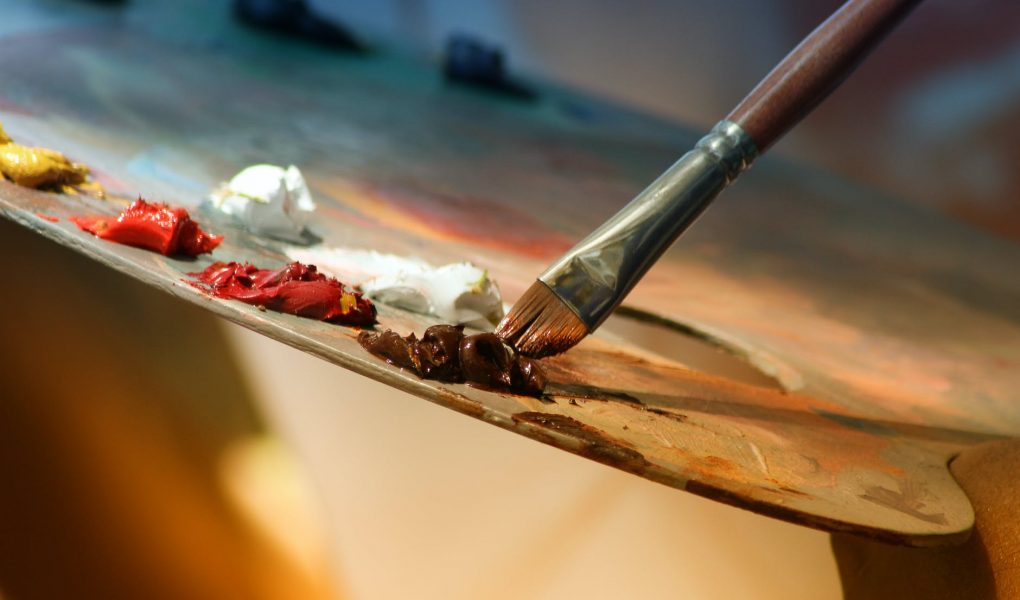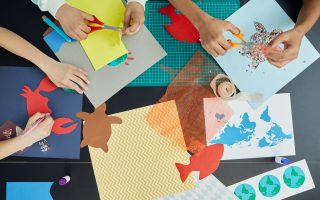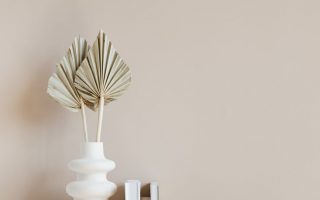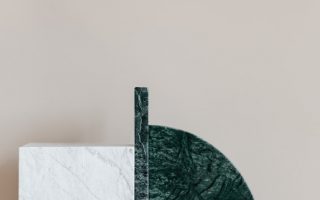7 Ideas of Artwork and Design
The 7 ideas of artwork and design are stability, rhythm, sample, emphasis, distinction, unity and motion. Use the weather of artwork and design – line, form/type, house, worth, shade, and texture – to create a composition as a complete. The weather of artwork and design are the instruments of visible artists. The ideas of artwork and design symbolize how an artist makes use of these instruments to create visible artwork. By making use of the 7 ideas of artwork and design, photographers can create a cohesive picture grounded within the foundations of artwork idea. Let’s take a more in-depth take a look at every precept.
7. Stability
Stability is used for example the visible weight of a picture. It will probably both unite {a photograph} or create division. A rigorously balanced picture lends a way of stability to {a photograph}. An unbalanced picture creates disunity or unrest. Each functions are okay, relying on the specified end result.
You’ll be able to obtain stability in 3 ways:
Symmetry – each side of a picture mirror the identical subject material, like a mirror picture.
Asymmetry – contrasting parts stability the picture. For instance, a extremely textured floor on one aspect of a picture, counterbalanced by a clean, matte floor on the opposite.
Radial stability symmetry – parts spaced equally round a central level, like spokes on a wheel.
Stability is sensual in that it ‘feels’ incorrect or proper. If you happen to’re trying to emphasize stability in a picture, strive transferring your digicam to attain totally different views. You may also strive photographing totally different fields of texture and shade. Don’t be afraid to experiment a bit.
6. Rhythm
In some ways, composition in music is similar to composition in pictures. The photographic idea of rhythm borrows closely from music idea. Similar to a musician studying the notes on a sheet of music, topics in an area regulate the way in which we view {a photograph}. The rhythm dictates the recurring or organized/disorganized distribution of visible parts all through a picture. To introduce a way of rhythm to your pictures, strive visualizing musical notation. The areas, correlations, and variations between topics in {a photograph} like this one mirror notes on a sheet of music.
5. Sample
The sample is sensible of the visible world by means of regularity. From man-made objects to natural materials and abstraction. Parts of design will be organized in a predictable method to type a sample. Put merely, patterns are repetitions of the weather of artwork and design. These work in unison inside a single body. The human eye is calibrated to hunt out patterns. This could evoke shocking emotional reactions from a viewer. Patterns are an lively precept of artwork and design, they carry a picture off the web page. Incorporating patterns into your pictures is as a lot about exploring as it’s about photographic approach. Strive searching for architectural and concrete options or natural topics like flowers. When you begin trying, you can be amazed by the abundance of patterns round you.
4. Emphasis
Emphasis shapes the middle of curiosity in a picture. Color, house, texture, and line work collectively to find out the main focus of a picture. There are numerous methods to create emphasis in {a photograph}. Particular emphasis includes the orientation of a topic inside the photographic body. A lone topic situated within the heart of a picture will appeal to consideration. It’s the most available part of the {photograph}. For {a photograph} with quite a few topics, selective grouping guides the viewer’s eye to specific focal factors. The scale of a topic additionally dictates the way in which the viewer will ‘learn’ {a photograph}. A bigger topic suggests a closeness to the floor of the {photograph}. It instructions higher consideration than that of a smaller topic within the background. Incorporating dimension tells a narrative concerning the physicality of the topics in {a photograph}, including depth and perspective. Color is one other device that may domesticate emphasis. A brightly coloured topic inside a darkish scene offers a way of vibrancy and life to a picture. It attracts the viewer’s eye.
3. Distinction
Distinction is created when two or extra opposing parts are current in {a photograph}. Mild towards darkish, heat towards cool. However distinction contains bodily parts too. The feel is one other strategy to make the most of the precept of distinction in pictures. Together with two or extra textures in {a photograph} not solely introduces tactility but additionally creates a way of place. A spherical water droplet resting on the fuzzy tendrils of a plant is an instance of a textually contrasting subject material. Contrasting subject material brings the narrative to {a photograph}. You may also strive juxtaposing attributes like sharpness and softness, previous and new or curved and straight.
2. Unity
Unity describes the visible relationship between parts in {a photograph}. It helps create a cohesive picture. Utilizing comparable colours or tones, ideas or parts cultivates a way of unity. Disunity is the alternative. Unhealthy cropping, awkward views or over and underexposure disrupt a picture and may trigger disunity. One other facet that underlies a unified picture is the clear concept of a photographic end result. A photographic end result, or aim, is the idealized psychological picture of {a photograph} earlier than it’s taken. By pre-visualizing an end result, a photographer can develop a clearer concept of the aim of {a photograph}. This, in flip, permits a photographer to take higher management of the picture.
1. Motion
The time period ‘motion’ in pictures usually describes the connection between the digicam’s shutter velocity and a topic. With regards to artwork and design, motion refers back to the path the viewer’s eye takes whereas studying {a photograph}. Motion is formed by the weather and ideas of artwork and design. A photographer can take management of the way in which a viewer absorbs {a photograph}. For instance, using traces in pictures creates ‘visible highways’ that information a viewer’s eye. Jagged traces create pleasure, shifting the viewer’s gaze from one level to the following. Curved traces are extra refined. These cut back the velocity at which {a photograph} is considered. Understanding the character and psychology of human sight is a vital a part of controlling motion. For instance, the human eye is extra delicate to sure colours than others. Pink is attention-grabbing. Tender blues are gentler and extra refined. Motion will be directed by means of the selective use of shade and saturation. There are lots of other ways to information the viewer’s eye by means of {a photograph}. Motion research the character of the attention in addition to the psychology behind how we take up visible data.




